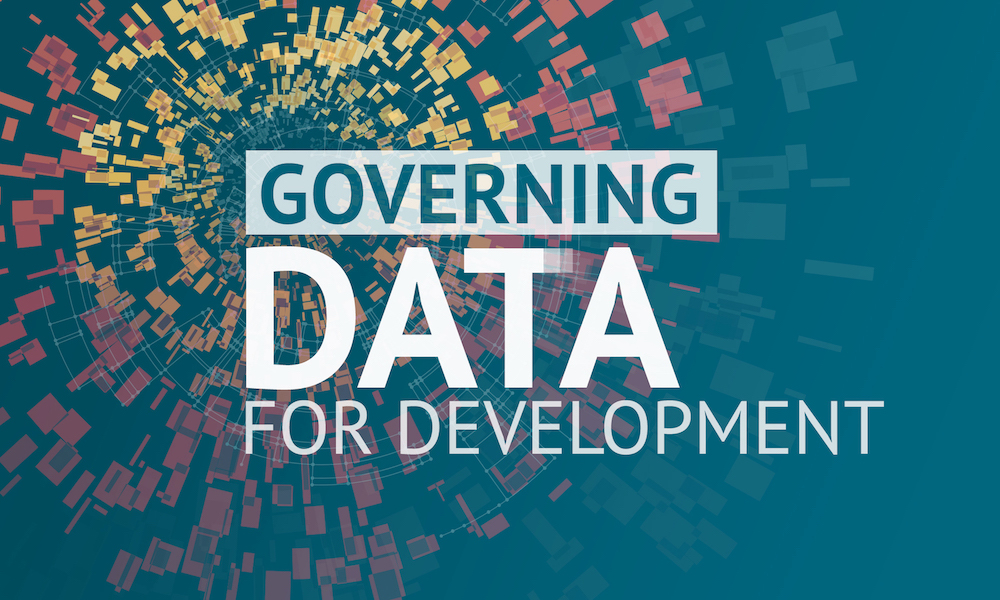Recommended
The Center for Global Development (CGD)'s Governing Data for Development project explores how governments can use data to support innovation and inclusive growth while protecting citizens and communities against harm. In this blog, Shruti Viswanathan, who leads the Governance and Technology practice at Athena Infonomics, a data-driven global consultancy, joins CGD’s Michael Pisa to discuss lessons her company has learned while working with governments to improve service delivery systems.
Going digital can greatly improve the efficiency of public services. But just as well-designed digital applications can strengthen the citizen-state relationship, poorly designed or ill-conceived applications can weaken that relationship by creating unnecessary complexity, reducing transparency, and skewing government incentives towards maximizing technology use rather than improving service delivery.
Whether a proposed technology solution is likely to work in practice depends largely on whether it is designed in line with the existing needs, incentives, and infrastructure of its intended users. Engaging with local stakeholders and treating them as co-creators in the design process is crucial to ensuring usability of technology solutions. This is why designing with the user is the first principle of the Principles of Digital Development, a set of nine living guidelines “intended to help practitioners succeed in applying digital technologies to development programs” designed and endorsed by the world’s largest development organizations.
Here are two examples in which consulting with users early on in the project design process helped improve health and water, sanitation, and hygiene (WASH) service delivery.
-
Improving the user experience of data collectors leads to more accurate data. Working with the state government of Tamil Nadu, India, Athena Infonomics redesigned the data-entry portal for health information systems to improve its usability, working directly with frontline health workers. Although these workers were a critical source of primary data on maternal and child health, they had to spend hours entering data onto two platforms—often late at night, due to connectivity and server constraints—and much of what they entered went unused. The nurses’ insights on the flaws in the existing system and the ways it could be improved guided the app’s design and helped project planners tailor its features and the data requested to their needs. A redesigned mobile app simplified data entry and bridged the gap between the parallel systems, which allowed nurses to spend more time with their patient.
-
Streamlining data collection saves people time and makes a system more likely to be used. Governments and donors tend to design new data collection portals and analysis platforms for each service-delivery challenge they face. In a recent sanitation and water services project with several city governments in Africa and Asia, Athena Infonomics was asked to create multiple data platforms to inform policymakers that would have required data entry officers to input the same information points in multiple portals, each feeding into a different analytical platform. After consultations with local government users, who highlighted the inefficiencies such a system would create, the project planners streamlined data collection into a single portal that could feed into different analytical platforms, thereby saving data entry officers time and making information available more quickly to government officials.
Contract for solutions rather than tools
Although designing with the user leads to better project outcomes, it is a principle more honoured in the breach than in the observance, according to experts interviewed for CGD’s Governing Data for Development Project. Because user-centric design creates up-front costs and takes time, project planners will often forego it unless their compensation is linked to the long-term success of a project. Too often, however, donors and governments structure contracts and milestones for information and communications technology investments around the creation and uptake of digital applications and systems (e.g., mobile applications, monitoring and information systems, and analytical platforms) rather than improvements in service delivery.
To encourage technology providers to design with the user, donors should tie financial rewards to outcomes rather than the development of a specific application or tool, whenever possible. In addition, donors should structure contracts that focus not only on the original design and development of technology platforms, but also factor in the need to iterate the design process over time and ensure a smooth transfer of the platforms to implementation partners or government stakeholders. Building review periods into contracts with technology providers can help to “ensure that there is adequate time to assess impact, iterate, and adapt the model if needed.”
While it sounds simplistic, the old business school mantra of focusing on outcomes, rather than outputs, is the best way to bring true inclusivity to the design of service delivery models and, in doing so, maximize their use and value.
Disclaimer
CGD blog posts reflect the views of the authors, drawing on prior research and experience in their areas of expertise. CGD is a nonpartisan, independent organization and does not take institutional positions.







